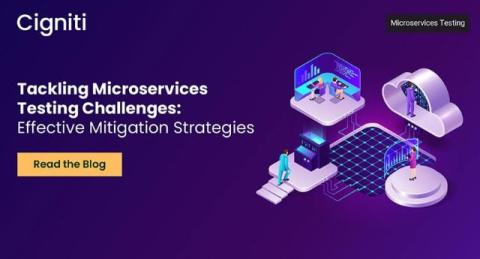Meet Kong Konnect, Your API Command Center
Build new products faster, improve security, and reduce costs with Kong Konnect. Kong Konnect is one platform to manage them all in one unified control plane: API gateways, AI gateways, ingress, and service meshes. So you can move fast without losing control. That means scaling up to meet demand — and exceeding customer expectations with superior digital experiences. Deployed as a hybrid or a fully managed service, Kong Konnect automates security, federates governance, and lets you adopt AI faster with multi-LLM support.











